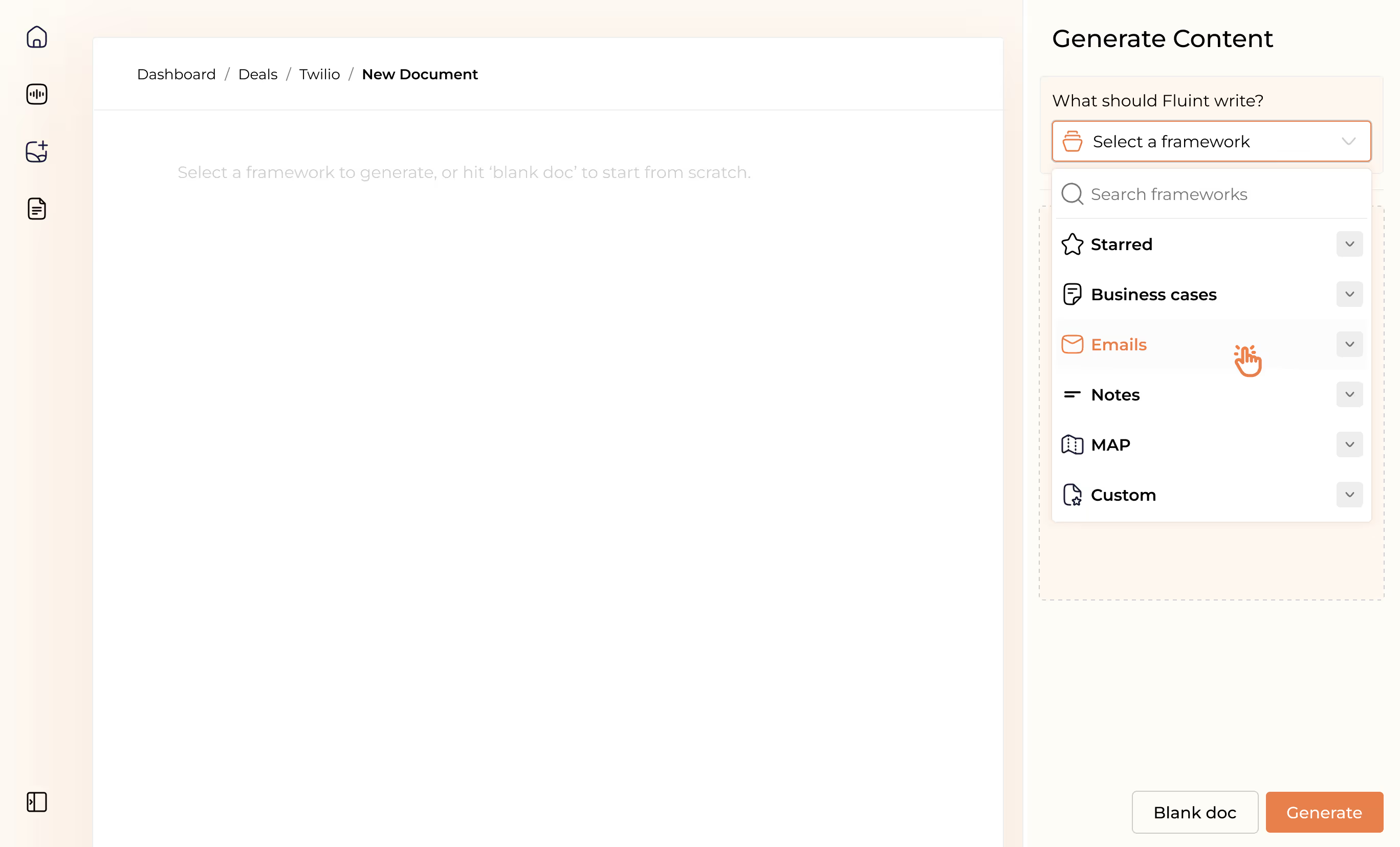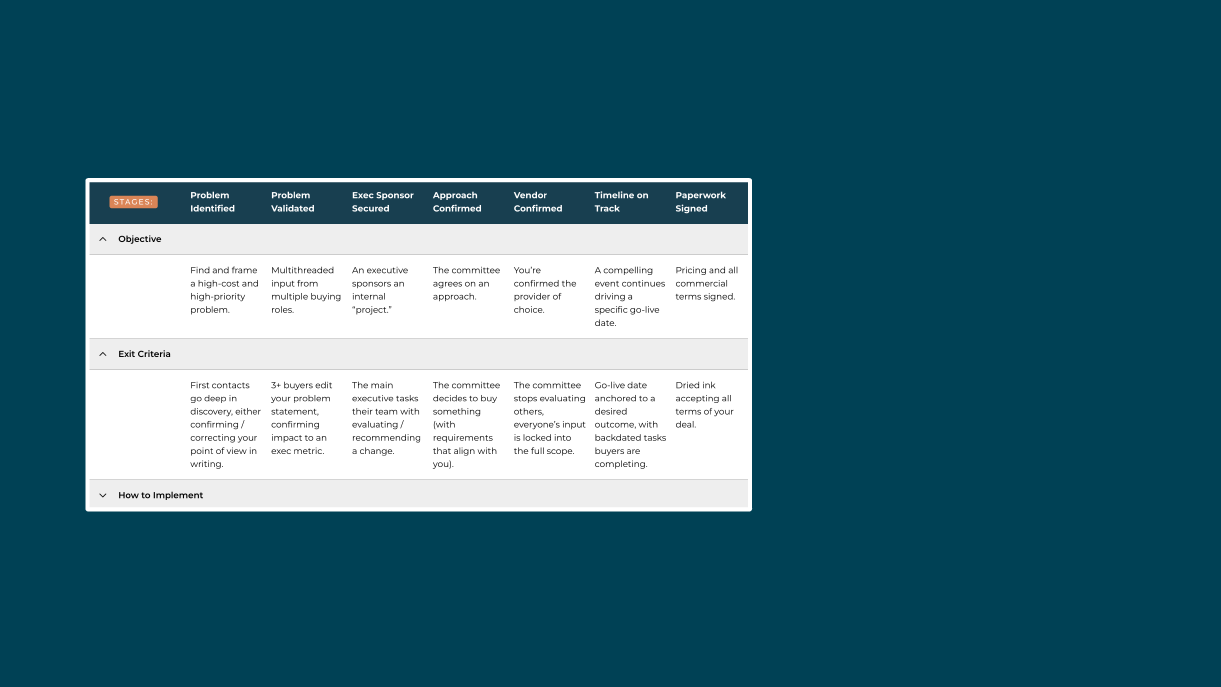How to Cut Deal Slippage & Compress Sales Cycles
Sales cycles grew an average of 27 days in the first half of this year:
- Cycles in H1 2023 were an average of 134 days (4.4 months)
- Compared to the 107-day (3.5 months) average in H1 2022.
That's a big problem.
Because a 25% increase in cycle times (27 days / 107 days) is the exact same thing as having just 9 months to generate 12 months worth of revenue.
It's like getting your 2024 quota on January 1st. Then you're told to hit that full year target by September 30th — not December 31st.
In other words, a whole quarter was stolen from most sales teams this year.
Which is exactly why 84% of the 500 B2B sales leaders whose data was included in this study said compressing sales cycles is a priority.
(As an aside: there's a link between longer cycles and lower close rates. A lot can change in 27 days: shifting priorities, jobs changes, etc...)
So here's how to compress sales cycles, and keep this quarter's deals from slipping into next quarter.
7 Steps to Compress Cycles & Cut Deal Slippage
The secret to compressing cycle times isn’t about applying more force or pressure.
It's about applying a little "WD-40" to parts in your process where deals get stuck.
The trick is knowing where to apply it:
- Update your pipeline stages to focus on specific buying behaviors.
- Create clear and specific exit criteria to move deals from stage → stage.
- Look for the longest stage-to-stage cycle time.
- Ask what’s happening inside the buying organization at that point. (Why haven’t they moved forward already?)
- Pin point the fear / doubt / uncertainty / confusion that's happening.
- Intentionally address the answer to #5 in the prior stage.
- Repeat #1 - #6 above, from the longest → shortest stage times. While segmenting your process into more specific stages as needed.
Here's a visual of what this could look like for you:

Designing a Sales Process that Enables Buyers
Notice two big ideas here:
- You can’t troubleshoot what you can’t isolate.
- Slowdowns are about what happens inside the buying organization. But most sales processes aren't built to enable good buying behaviors.
Which are two big mistakes in most sales process design:
- Stages are too clumped up, without clear exit criteria.
- Exit criteria is based on a seller's activities, not buying behaviors.
Now, if you're an AE reading this, thinking, "But I can't change our CRM stages..." that's okay. You can still apply this concept to the process you design and run with your own accounts. Like in this case study:
A Case Study: Cutting Procurement Time From 60 to 7 Days
One of Fluint's users, Gabe, was working on a key account when he decided to give co-creating a business case with his champion a shot.
From the start of the cycle, they used their written content to align the buying team.
Spelling out how they'd impact metrics that were top priorities: creativity capacity, design turnaround times, and campaign spend.
Since they were able to directly tie their project to those priorities in the first half of the process, the second half flew by:
Cutting 50+ days from the process. By ensuring procurement and all stakeholders knew why the deal was so important.
(Sidenote: this is why mutual actions plans without business cases are just checklists. Not strategic assets.)
Check out Gabe's story here. Then see how you can do the same with Fluint.
Why stop now?
You’re on a roll. Keep reading related write-up’s:
Draft with one click, go from DIY, to done-with-you AI
Get an executive-ready business case in seconds, built with your buyer's words and our AI.

Meet the sellers simplifying complex deals
Loved by top performers from 500+ companies with over $250M in closed-won revenue, across 19,900 deals managed with Fluint

Now getting more call transcripts into the tool so I can do more of that 1-click goodness.



The buying team literally skipped entire steps in the decision process after seeing our champion lay out the value for them.


Which is what Fluint lets me do: enable my champions, by making it easy for them to sell what matters to them and impacts their role.








